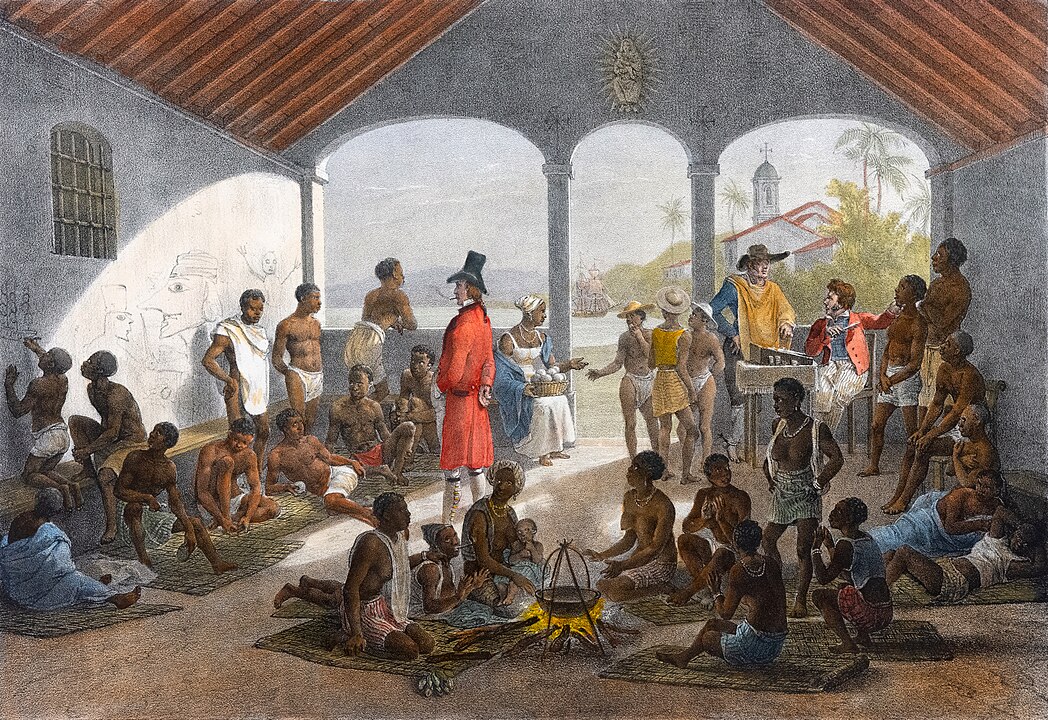Around the world, people celebrate unusual days with food fights, lantern parades, mud runs, and even cheese races. These traditions carry dates, towns, and posted rules, not random chaos. Many began after a single prank, harvest, or community need, then grew into annual events. You will see years like 1945 in Spain and 1998 in South Korea, plus safety limits like helmets or no-glass zones. If you ever visit, follow local signs, respect barriers, and watch from safe areas. Fun works best with clear lines, clean streets, and shared care.
1. La Tomatina (Spain)

Buñol, Spain throws La Tomatina on the last Wednesday of August. The tomato fight’s story traces to 1945, when a street scuffle during a parade turned into friendly tossing. By 1957 the town made it official. Today trucks unload tons of ripe tomatoes at 11 a.m., and rules require squashing fruit first to reduce impact. Goggles help with acid sting. The battle lasts about 60 minutes, then fire hoses clean Calle del Cid. Safety note, no bottles or hard objects allowed, and wristbands control crowd size.
2. Up Helly Aa (Scotland)
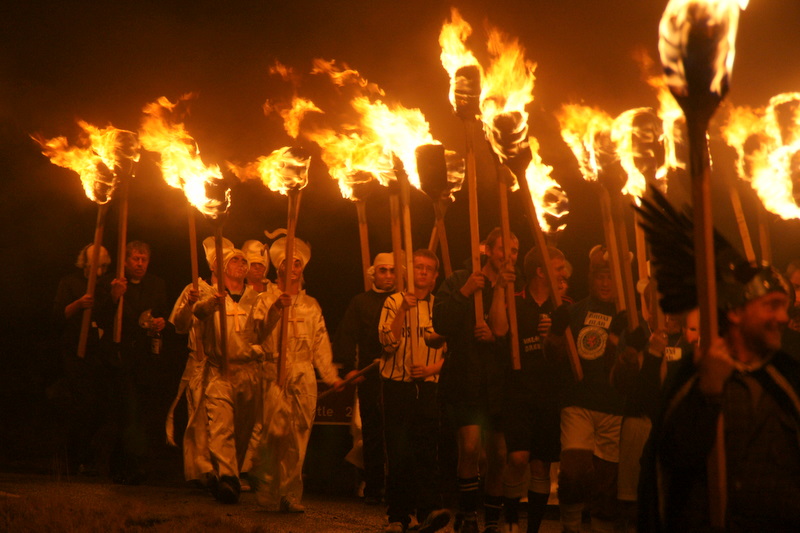
Lerwick, Shetland marks the last Tuesday of January with a torchlit procession and a Viking-style galley burn. The festival’s modern form took shape in the 1880s after rowdy New Year’s tar-barrel runs were banned. Volunteers build a full-size longship each year, then set it alight at night in a guarded square. Squad suits weigh dozens of pounds, so rehearsals start months ahead. Safety note, spectators stand behind barriers and follow stewards’ signals. The fiery finale honors seafaring grit in a dark northern winter.
3. Night of the Radishes (Mexico)

Oaxaca City carves giant radishes every December 23. The contest began in 1897 when vendors shaped vegetables into scenes to attract shoppers before Christmas. Today farmers grow special oversized roots, sometimes 6 inches thick, for dramatic dioramas. Judging uses categories and posted time limits. The plaza fills by evening, so families line up early. After trophies, displays wilt fast, making the event a one-night show. Safety note, knives are for registered carvers only, and crowd lanes keep hands away from blades.
4. Monkey Buffet Festival (Thailand)

Lopburi thanks its macaques each November with fruit pyramids stacked in front of Phra Prang Sam Yot. Local guides date the buffet to 1989 as a tourism boost tied to older legends about Hanuman. Tables hold thousands of pounds of pineapples and bananas by midday. Visitors watch from roped areas, since monkeys grab quickly. Safety note, no feeding from your hand, keep food sealed, and secure cameras. The event balances respect for wildlife with posted distance rules and cleanup crews.
5. Cooper’s Hill Cheese-Rolling (England)
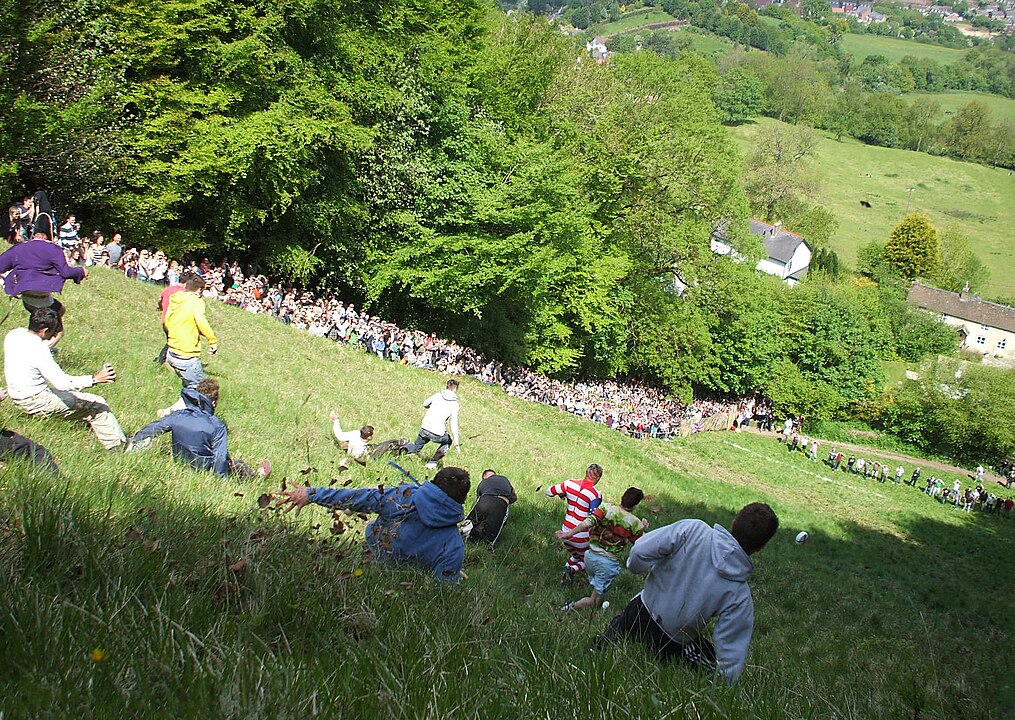
On the late May bank holiday, contestants chase a 7–9 pound Double Gloucester wheel down Cooper’s Hill near Gloucester. Records mention races by 1826. The slope drops steeply, up to 1:2 in places, so falls are common. Helmets and pads help, and medics wait at the bottom. The cheese can reach high speeds, so sometimes a foam replica rolls while the real wheel is awarded. Safety note, spectators should stand behind fences and avoid the run-out zone where racers tumble.
6. El Colacho (Spain)
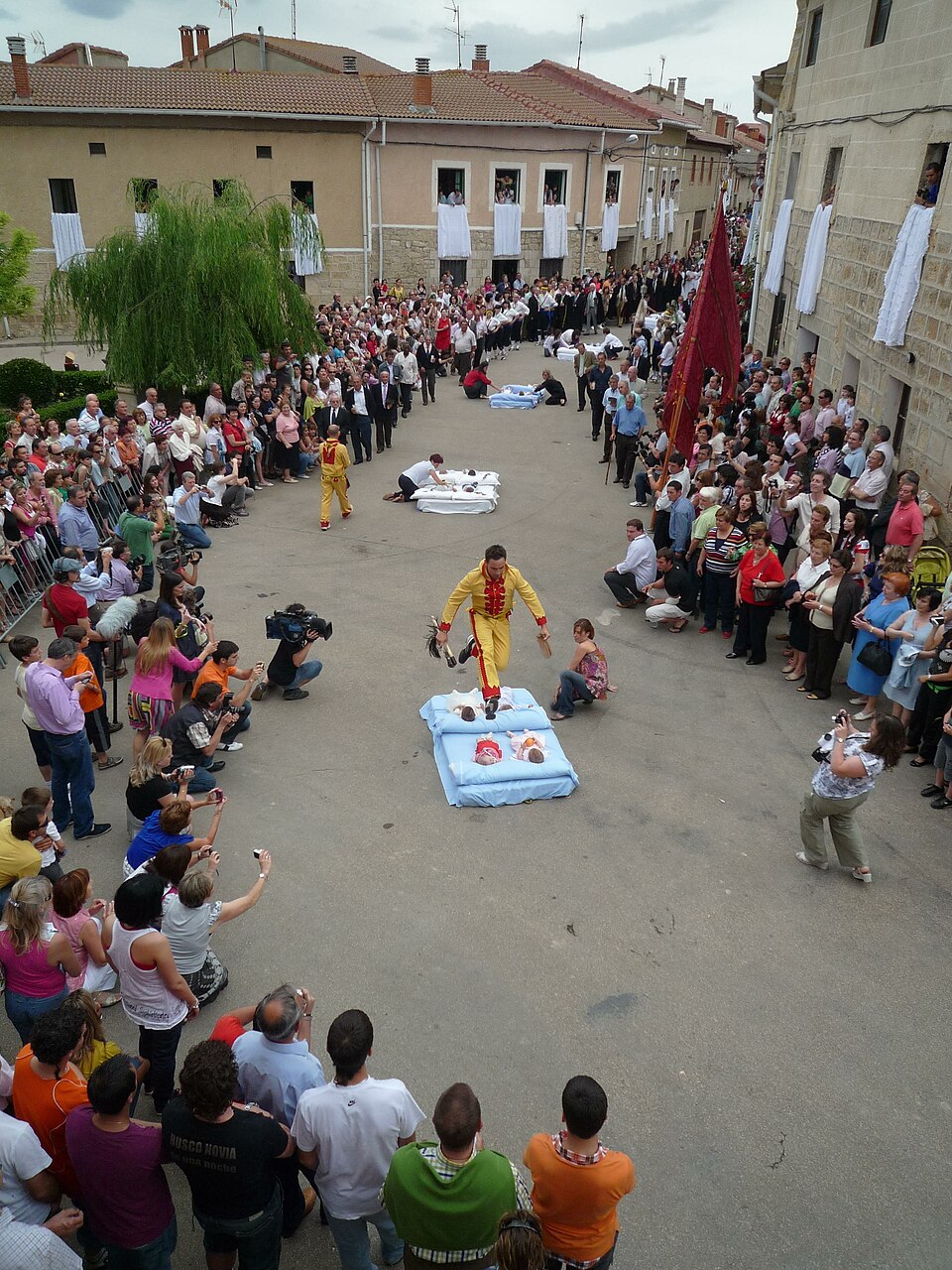
Since 1620, Castrillo de Murcia holds El Colacho on the Sunday after Corpus Christi. A costumed “devil” leaps over infants laid on mattresses along a closed street, symbolically sweeping away evil. Priests and families coordinate the route and timing. Babies are not thrown or handled by jumpers, and local organizers set strict lanes and cushions. Safety note, this is a controlled ritual with trained participants. Visitors watch from barriers and should never attempt a copy outside the supervised event.
7. Setsubun Bean-Throwing (Japan)
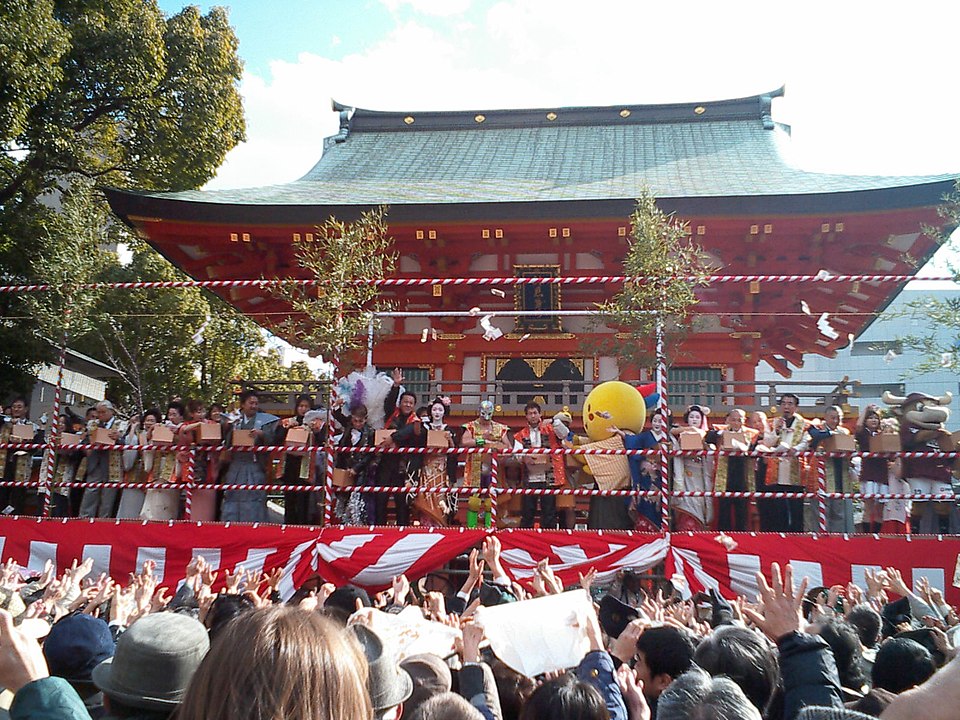
Japan marks Setsubun around February 3, the day before spring in the old calendar. Families chant “Oni wa soto, fuku wa uchi,” tossing roasted soybeans to drive out misfortune and invite luck. Temples host public throws, with performers casting packets into the crowd. Custom says to eat the number of beans equal to your age. The tradition dates to the Heian period, around the 900s, but modern gatherings add posted exits and volunteer ushers. Safety note, watch footing on temple steps and keep small beans from toddlers.
8. Songkran Water Festival (Thailand)
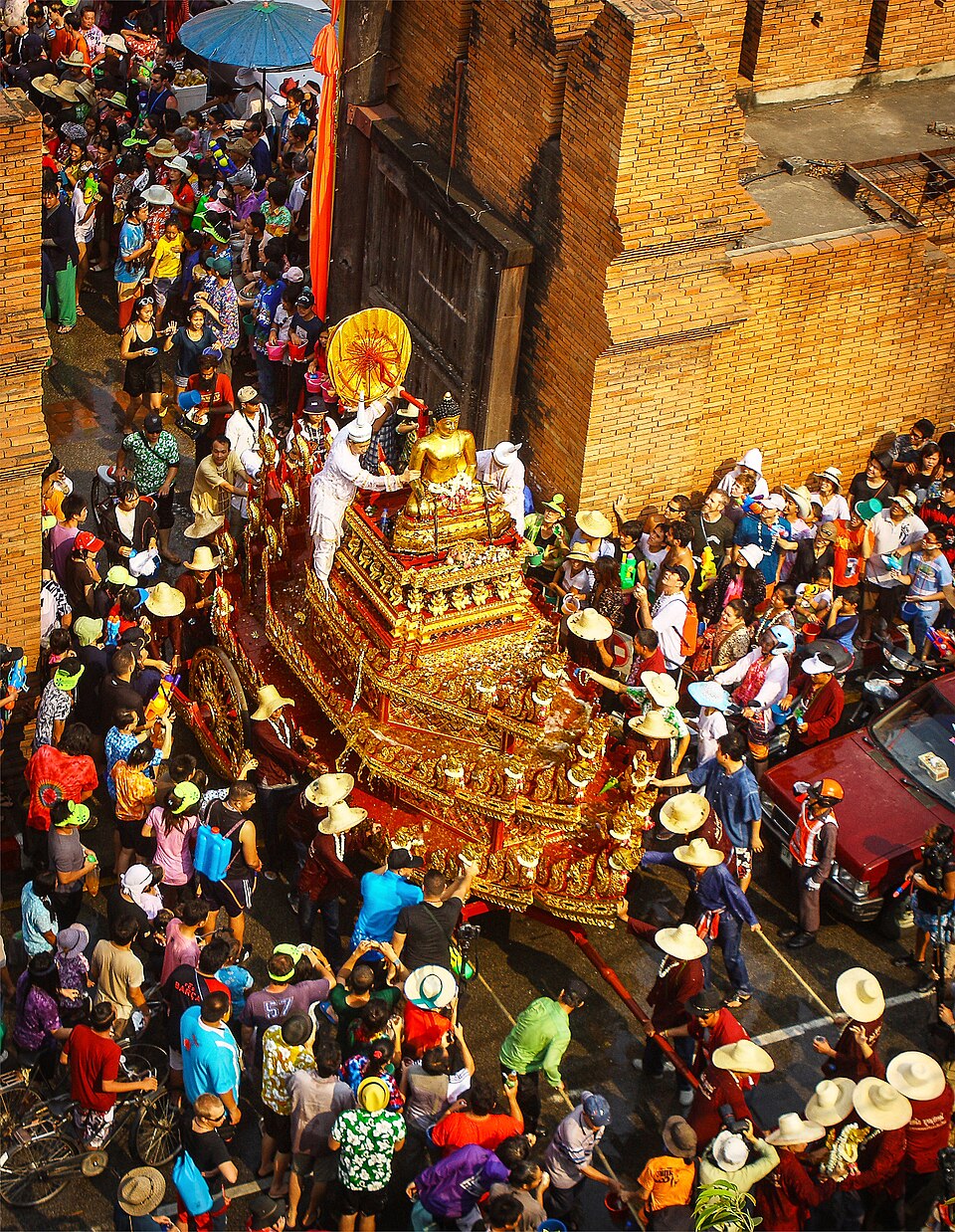
Songkran rings in the Thai New Year, usually April 13–15. The holiday began as gentle water pouring for blessings. In cities like Chiang Mai and Bangkok, it grew into large water fights along marked streets. Pickup trucks carry barrels, and vendors sell waterproof phone pouches. Respect zones near temples where quiet rituals continue. Safety note, use clean water, never ice chunks, and avoid eyes at close range. Many cities set alcohol limits in splash areas to keep celebrations safe for families.
9. Boryeong Mud Festival (South Korea)
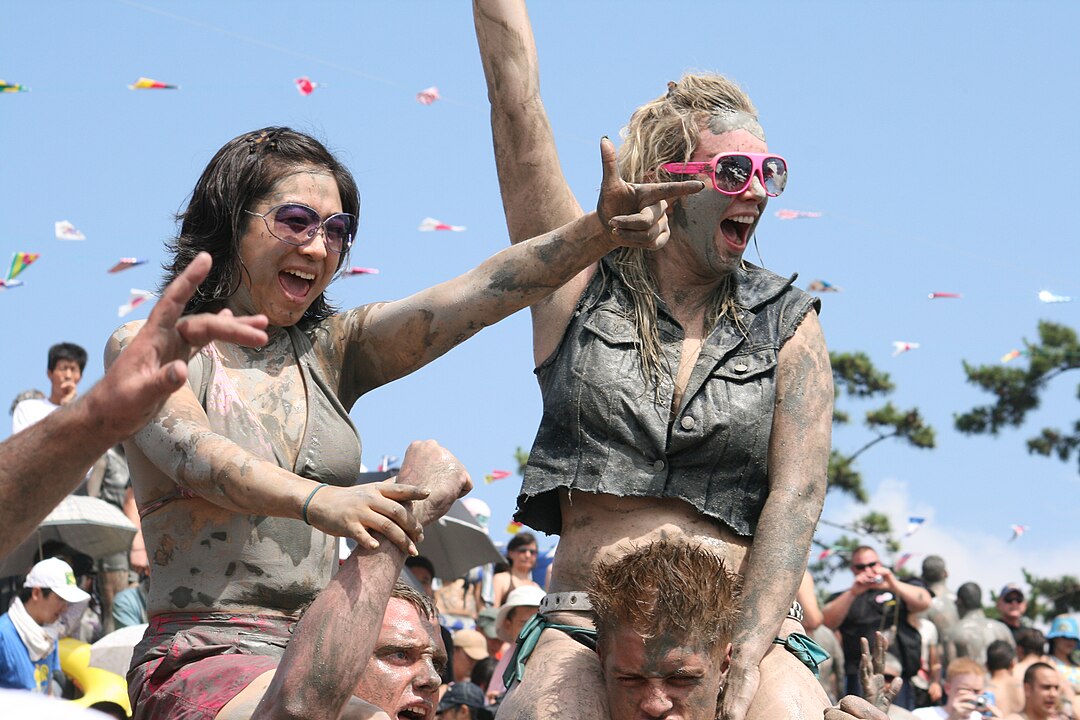
Boryeong launched its mud festival in 1998 to promote mineral-rich mud from nearby flats. Held in July at Daecheon Beach, it offers mud slides, obstacle runs, and spa tents. Stages post hourly events, and showers line the boardwalk. Goggles protect eyes from grit. The city adds night concerts and fireworks, then cleans the beach before dawn. Safety note, follow lifeguard flags, rinse after each activity, and wear sandals to protect feet on hot boards and rough sand.
10. Burning of the Clocks (England)

Brighton’s winter solstice parade started in 1994. Residents craft white lanterns from willow and paper, then walk to the beach on December 21. A bonfire burns the lanterns to mark year’s end without fireworks. The route uses rolling road closures and volunteer marshals. Wind speeds off the Channel decide final staging on the pebbles. Safety note, lantern frames must meet size rules, and only approved candles are used. Spectators keep to marked areas while crews manage the tide line.
11. Singles’ Day (China)

Singles’ Day began as a student joke in Nanjing in 1993, picking 11/11 for four lonely “1”s. By 2009, e-commerce sites turned it into a mega sale. Today, November 11 drives record online orders measured in billions of dollars. Dorms once held small mixers; now livestreams and countdowns fill screens. Critics urge mindful spending, and buyers track budgets in apps. Safety note, use secure payment methods, set price alerts before midnight, and verify return policies by exact dates to avoid scams.
12. World Toilet Day (Global)

The United Nations made World Toilet Day official in 2013, observed every November 19. The goal is basic but serious, matching billions of people to safe sanitation. Schools and museums host exhibits, measuring handwashing time in seconds and explaining how septic systems work. Engineers present low-cost designs that save water in liters per flush. Students build poster timelines tracing plumbing from ancient Rome to today. Safety note, when volunteering, use gloves and follow hygiene rules posted by site leaders.

